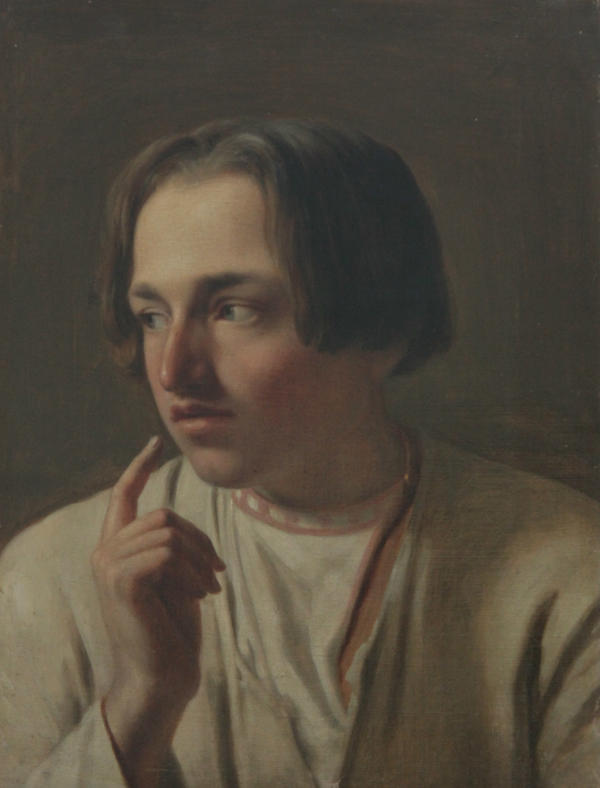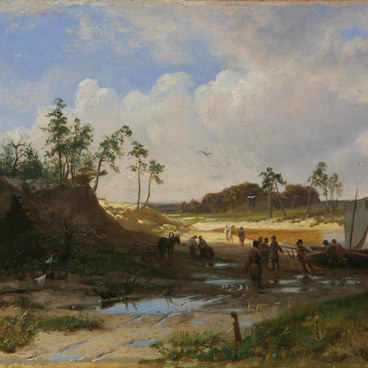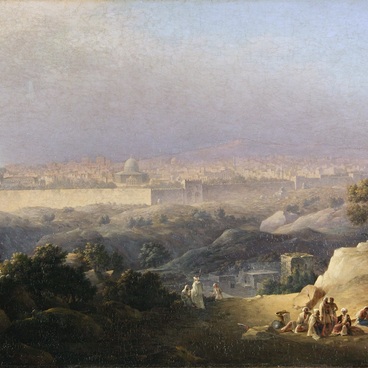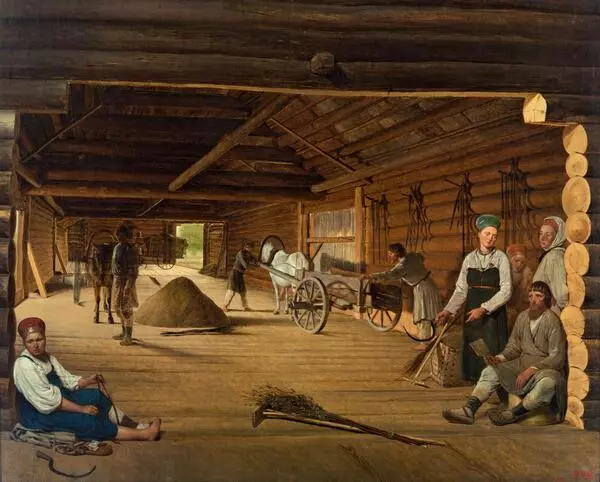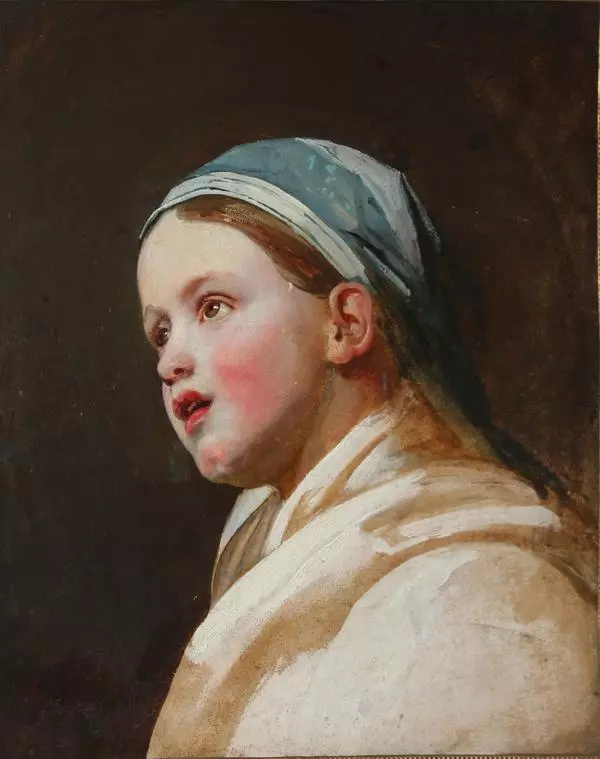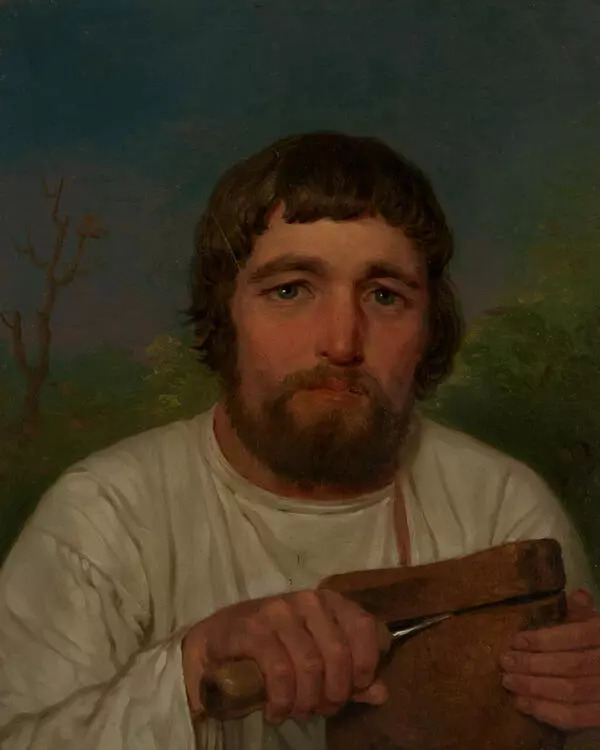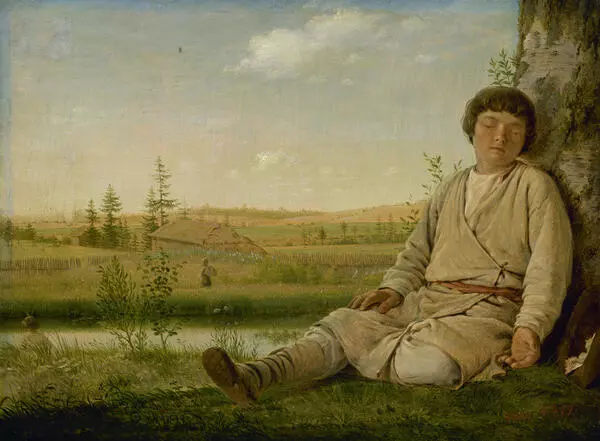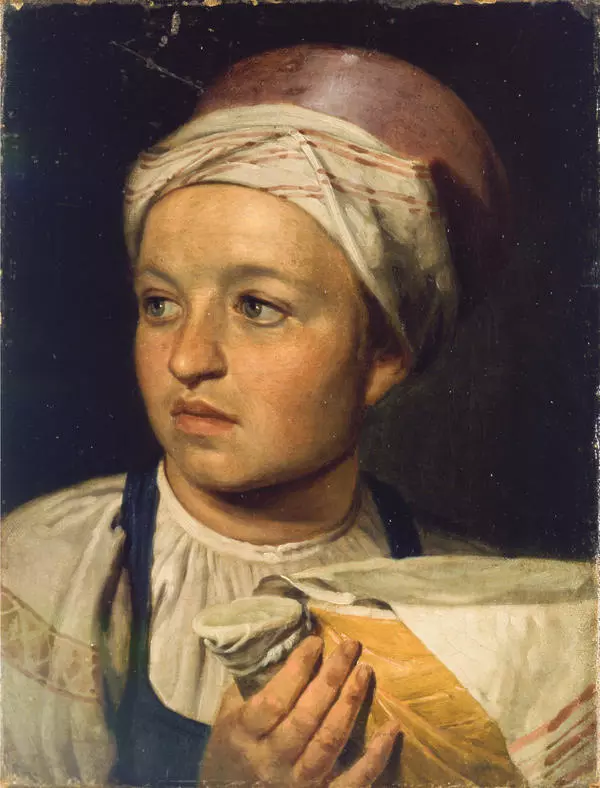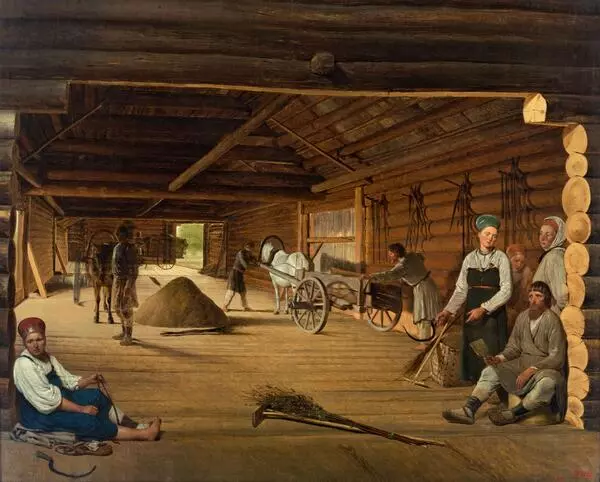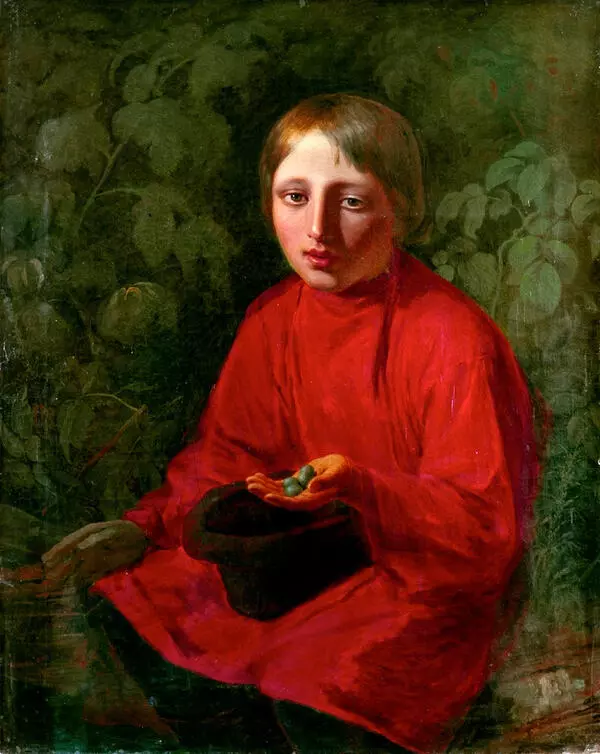Alexey Venetsianov was Russian portraitist, landscape painter, teacher, known for his works devoted to peasant life and ordinary people. Thanks to his tireless artistic and educational initiatives, genre painting became equally important in Russian art. Venetsianov developed peasant themes and presented them in paintings, despite the fact that it was forbidden to depict ordinary people in the academic practice of that time. Venetsianov became one of the first Russian artists to introduce peasants, full of spiritual nobility, beauty and human dignity. His works were caracterized by a sincere feeling of sympathy for shepherds and farmers. In a democratic environment, Venetsianov was received with great warmth.
Participation of Venetsianov’s paintings at exhibitions in the capital used to be an important event of cultural life. People talked, wrote, argued about his work… “Finally, we waited for an artist who turned his wonderful talent to depict images of his own Russia, representing objects that surround him, ” wrote the journal “Fatherland Notes” about Venetsianov.
The artist left the capital, refused to serve under the Office of State Property and settled in his estate Safonkovo, in order to be closer to nature and to the life of peasants.
The small work “Peasant Boy” reflects the creative position of the artist, who first exposed the viewer to the poetic spiritual world of Russian peasantry. The image of the unknown young boy captivates with lyricism, the purity of youth, the beauty of the elegant gesture, evoking the examples of classical sculpture. The color of the work contains Venetsianov’s characteristic softness.
Considering it the duty of the enlightened person to teach, in 1824 Venetsianov created a painting school in his small estate Safonkovo for peasant serfs’ children. In his teaching practice, the artist emphasized working with nature, depicting the real surrounding life without copying other people’s work. Many professional painters who became the artistic pride of Russian art studied in this school.
Participation of Venetsianov’s paintings at exhibitions in the capital used to be an important event of cultural life. People talked, wrote, argued about his work… “Finally, we waited for an artist who turned his wonderful talent to depict images of his own Russia, representing objects that surround him, ” wrote the journal “Fatherland Notes” about Venetsianov.
The artist left the capital, refused to serve under the Office of State Property and settled in his estate Safonkovo, in order to be closer to nature and to the life of peasants.
The small work “Peasant Boy” reflects the creative position of the artist, who first exposed the viewer to the poetic spiritual world of Russian peasantry. The image of the unknown young boy captivates with lyricism, the purity of youth, the beauty of the elegant gesture, evoking the examples of classical sculpture. The color of the work contains Venetsianov’s characteristic softness.
Considering it the duty of the enlightened person to teach, in 1824 Venetsianov created a painting school in his small estate Safonkovo for peasant serfs’ children. In his teaching practice, the artist emphasized working with nature, depicting the real surrounding life without copying other people’s work. Many professional painters who became the artistic pride of Russian art studied in this school.

